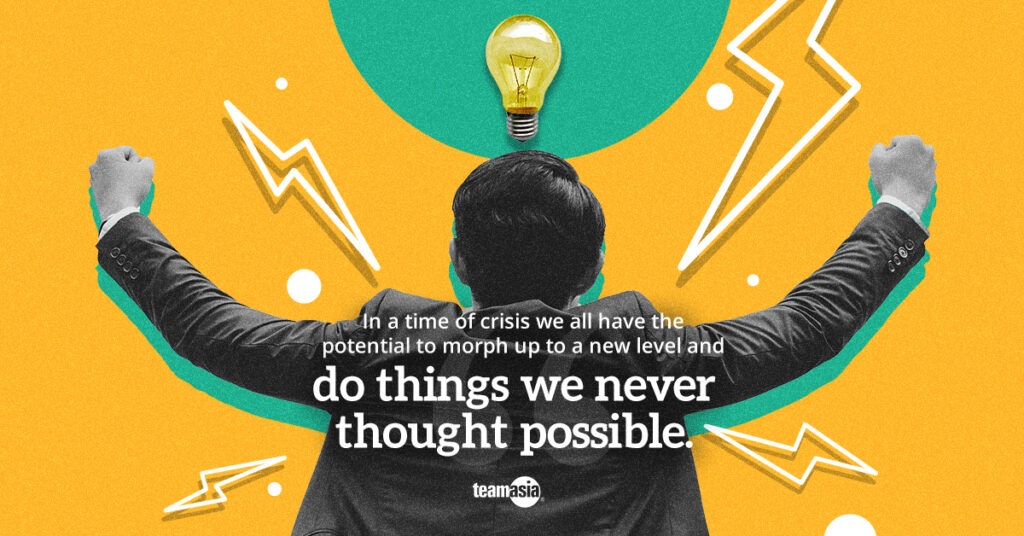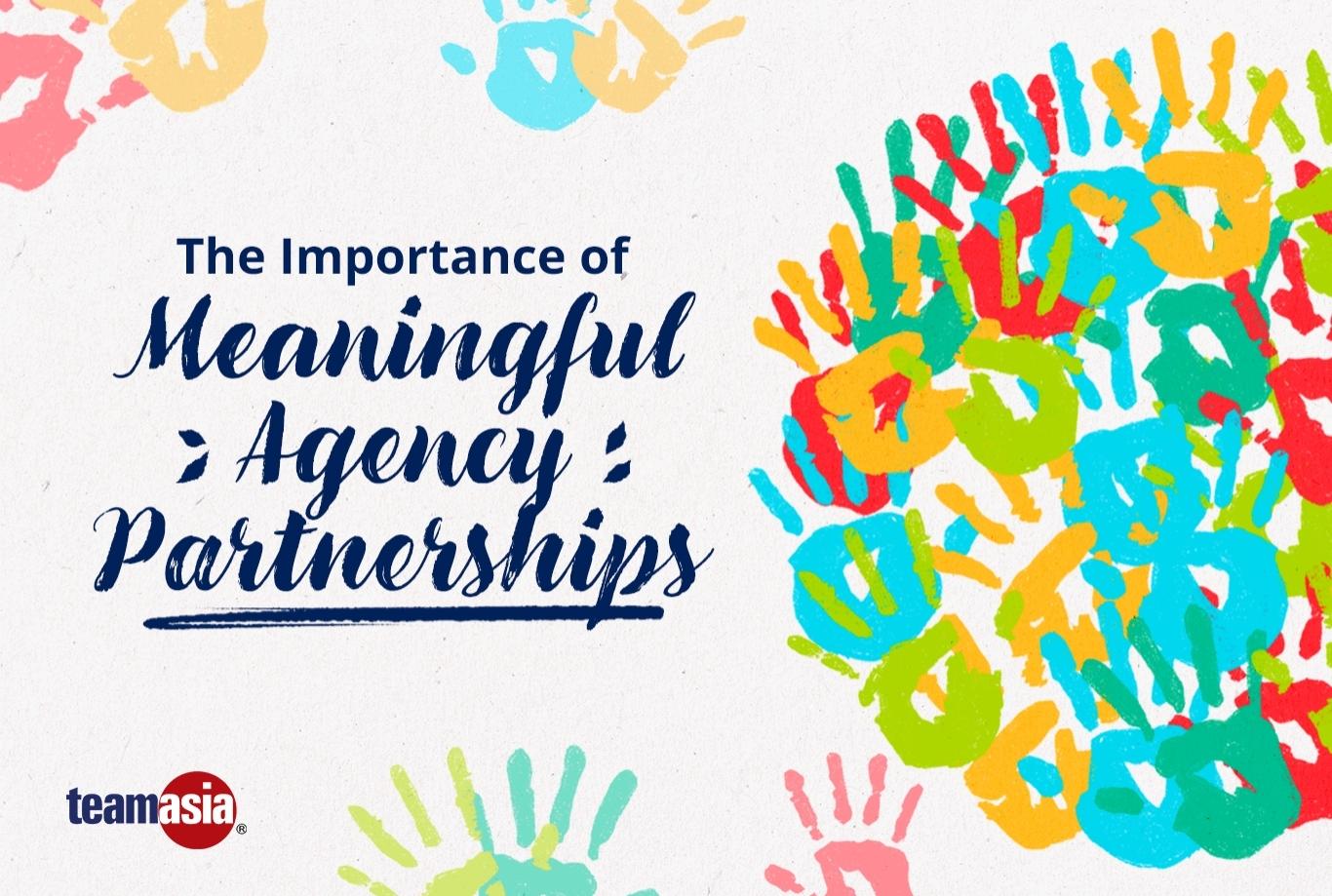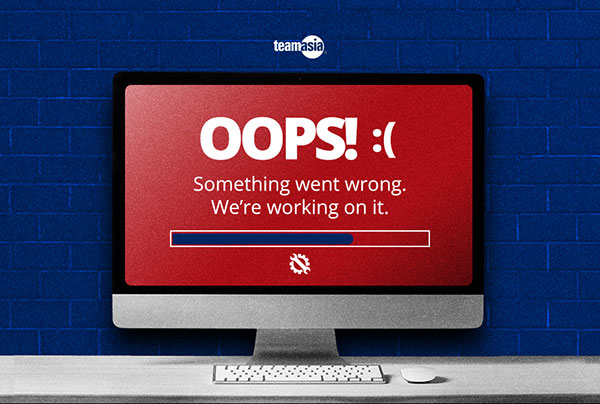Powering your company in the face of adversity

By: Elton Gagni and Nina Tambal
As the world continues to be embattled by this pandemic, it is no secret that businesses and industries will inevitably experience another crisis, even after COVID-19. Many economists expected the year 2020 to be a year of recovery, even estimating a 3.3% growth in global GDP, which has now been revised down to a 3% retraction.
While there are companies that have the capability to keep their business afloat, it is important to remember that any crisis has the potential to significantly impact not only institutions, but also people. Such a dire situation proves that it is better to be proactive rather than reactive.
Now more than ever is the best time to start learning and planning while at the face of adversity. From taking the necessary steps to adopting best practices, here are five ways in which you and your business can prepare for future crises.
Plan for worst-case scenarios.
Not only should you be thinking of possible worst-case scenarios, but you should also regularly and honestly assess your company’s vulnerabilities. Analyze each department and review their ways of working. Dissect details, from your associates’ performance and attitude to the department’s budget and quality of services. Take the time to really see what solutions can be made to improve the overall wellbeing of your organization. Business continuity plans should also be in place as a safety net, and a jump off point for business sustainability.
Issues mapping is essential. It allows you to engage and understand any issue that may come up no matter how small or big. While it may be quite daunting at first, the process can ease your anxiety. Having Plans A to Z and beyond helps you identify what exactly you should be preparing for and how you should prepare for it. At the end of the day, it’s better to be safe than sorry.
Utilize tech and the digital space.
With the rapid evolution of technology, more and more businesses are turning to tech integration to optimize work and increase productivity, even before this pandemic hit. The leap in digital transformation in the past months has been incredible as many businesses now move to adapt and evolve with tech — playing host to virtual meetings, shifting to remote work, and fully realizing the promising potential of digitization. (Read more: Accelerating your business with technology and digitization)
But remember that to become digitally prepared and adept, you must augment your people, not replace them. Integrate technology with the workforce. Understand the inner workings of the virtual space and how it can help your company grow and thrive. Build a team composed of PR, digital, and internal risk assessment experts who are equipped to handle crises. That way, you are ready for anything in both the physical and virtual front of your organization.
Diversity for sustainability.
With a crisis similar to the current pandemic, diversity is one of the vital keys to sustainability. Offering diverse services that can cater to a wide range of stakeholders will be beneficial in the long run. That said, don’t forget to stay true to your brand even if you are going to branch out your lines of business.
Diversifying services also leads to accumulating a pool of diverse employees. So, not only are you expanding your resources, you are also broadening your company’s perspective and capabilities.
Build bridges, not walls.
Although matters are certainly tough mid-crisis across various industries, there are also post-crisis problems that you must be prepared for. We must not treat the pandemic as a one-time difficulty or challenge, because the path to recovery is a continuous journey. A journey that we have to take hand-in-hand with other organizations and partners outside of your own industry.
To overcome such an obstacle, building bridges is imperative. According to the International Monetary Fund (IMF), economic recovery may begin in 2021. However, it is a global effort that requires different nations and institutions to collaborate for the benefit of all economies. Now that everyone has a common ground, you can use this as a take off point in touching base with different organizations, forging new partnerships, and ultimately fostering a collaborative environment where everyone can mutually benefit and thrive.
Think and act realistically.
Control what you can. When faced with a crisis, it is difficult for some to avoid either going numb or diving into a state of sheer panic. You need to keep in mind that no amount of planning can truly prepare your business and your people when a crisis finally hits.
Challenging though as it may be, you have to be able to think and act realistically in the moment. Think of crisis as an element of strategic risk intelligence. It is a test of one’s character and a business’ resilience, but more importantly, it is an opportunity for growth.
Bonus Tip: Knowledge is power. One thing you should never forget in handling any crisis is keeping your primary stakeholders informed — your people. (Read more: Conquering a crisis from within)
At TeamAsia, we consistently find ways to improve and refine our crisis preparedness as well as business continuity and sustainability plans. We recognize the impact any crisis can have on our company. Therefore, it is important for us to remain prepared and mindful throughout the entire process.
As Stuart Wilde once said, “In a time of crisis we all have the potential to morph up to a new level and do things we never thought possible.”
Prepared to level up your crisis management? Want more tips on how to continuously stay vigilant for any upcoming crises? Talk to us at info@teamasia.com.





